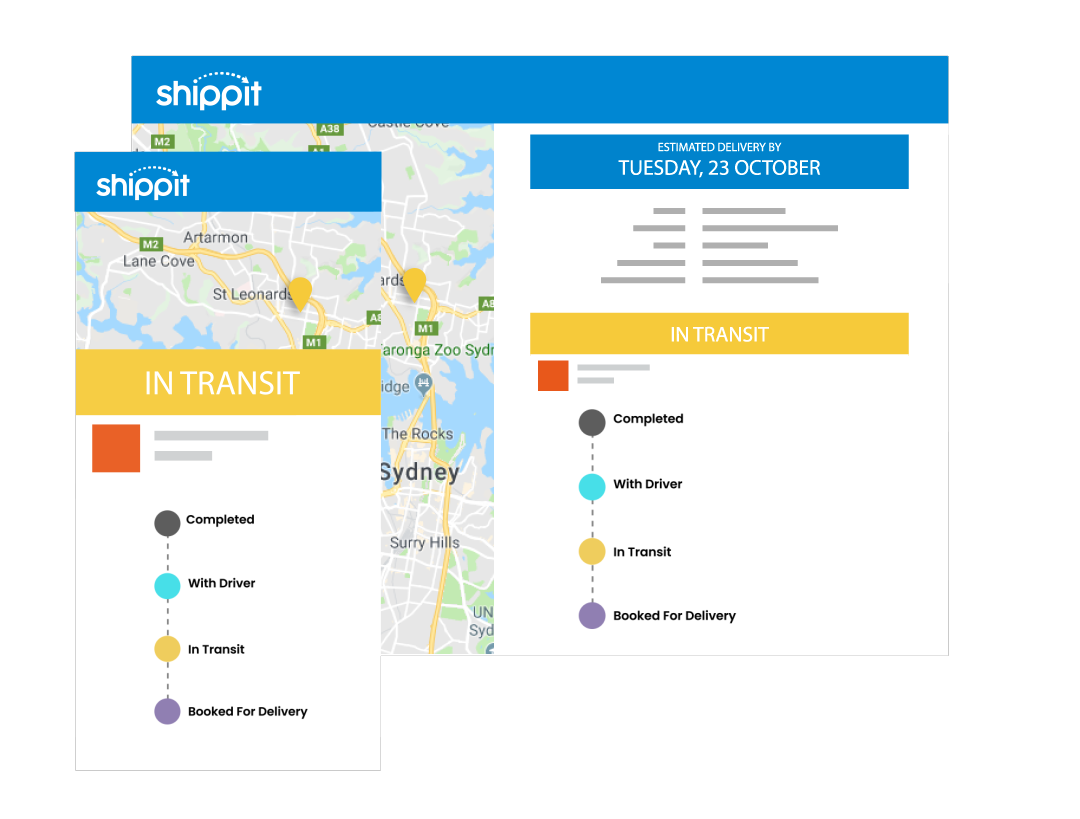The truth is – people don’t like getting sold to; they like stories. You’re probably tired of hearing how content is king and that without a real and engaging message, you risk losing relevance and readers. We get it – when it comes to B2B strategies focused on services or platforms – content is crucial. But when your message is B2C and product-driven, content marketing works differently.
Every day, our inboxes are so saturated with marketing messages, it’s easy for customers to compare and switch. We exist in an age of overload where customers expect more, and there’s more competition, so it’s crucial that eCommerce brands learn to leverage content marketing to increase connection and conversions successfully.
Medium and Message
eCommerce brands can seize the opportunity to cut through by telling stories that sell your audience on the lifestyle surrounding your brand, as well as the product itself. Where traditional content marketing focuses mainly on blogs, eCommerce retailers have more options up their sleeve.
Content acts as a mirror that reflects a problem in your customer’s life, as well as how they can solve it by using your product offering. This content can take many forms, such as:
Interactive content
One significant advantage that in-store shopping has over online is that it’s generally more engaging. Interactive content can help get product information across in a more engaging way while adding to the customer experience.
Stories
People buy products from a business, but people invest in brands. This is where stories build value and help your audience understand who you are, what you stand for and why they should be supporting you.
Buyer Guides
Many years ago, buyer’s guides were a very popular SEO strategy, commonly used to get keyword counts up. These days, algorithms and consumers know better, so buyer guides should always be written with the reader in mind. Without a sales assistant standing by, your content should ultimately help the buyer choose the right product or service. You can find a few templates to get started here.
Case Studies
While traditionally more geared towards SaaS or B2B eCommerce, when written correctly, case studies can be a powerful way to share someone else’s experience and paint a more realistic picture about their journey and path to purchase.
Other types of content eCommerce stores can use include:
- Blog content
- Product comparisons
- Product reviews
- Videos (non-sales focused)
- Sales videos
- Customer reviews
Your Store Has a Story
Storytelling is powerful. Regardless of scale and size, your brand and product have a story. When online shoppers interact with your store, they’re also impacted by your story, and the truth is – most people want to see themselves as the hero in it. We’re not talking ‘Once Upon a Time’s,’ we’re talking about using content as an opportunity for your audience to identify with what your brand stands for. Here are some practical ways to tell stories:
- Interviews
- Share customer stories
- Tell your brand stories
- Meet your makers
Practical Steps and Strategies
Your Customer
Before you kick off your marketing campaign, it’s important to understand who your customers are, and how you can best connect with them. To dig a little deeper into your demographic, create customer or buyer personas. These are fictional buyers who represent parts of your target audience. By keeping your persona’s top of mind when creating content, your tone of voice and topics will be more relatable and valuable to your demographic.
Instead of vacuous noise, always aim for human-centred content that has values, needs and goals and focuses on the customer’s problem. Once you understand who you’re talking to and what they need, you can use content to connect with them authentically.
Your Sales Funnel
Cast your mind back to the last time you made an online purchase – whether it was an impulse buy or something you spent time considering. Remember that buyers go through a process with every purchase; picture a sales funnel to help you understand the needs of your customers during their decision:
-
Top of the Funnel (ToFu)
At the top of the funnel is the content that grabs your customer’s attention. This is not salesy content – it’s all about connecting with a common problem or pain point. At this stage of the funnel, a common goal would be encouraging them to sign up for your newsletter or social media.
-
Middle of the Funnel (MoFu)
At this stage of the funnel, we’re reaching out to potential customers with content which demonstrates that you understand their point of view. Much like ToFu, this is not sales-focused – it’s value-focused. In reality, most B2C eCommerce buyers tend to bypass this stage of the funnel and go straight to purchase, but it’s important to cater to the middle of the funnel as everyone has a different path to purchase.
-
Bottom of the Funnel (BoFu)
This is the home run. At this stage of the funnel, it’s about convincing your customers that your product or service is the answer to their problem. The content you create should help them compare products and finalise their purchase.
Pen to Paper
You know your brand inside out, so coming up with content ideas should be easy. But, if you don’t know your customer and have no clarity about your story, it can be challenging. To begin with – do your research and check out your competitors. Use Google Keyword Planner and always reference your personas, their problems and your story.
Once you’ve got this down, refine your ideas and when your content’s crafted, plan it out in a content calendar.



